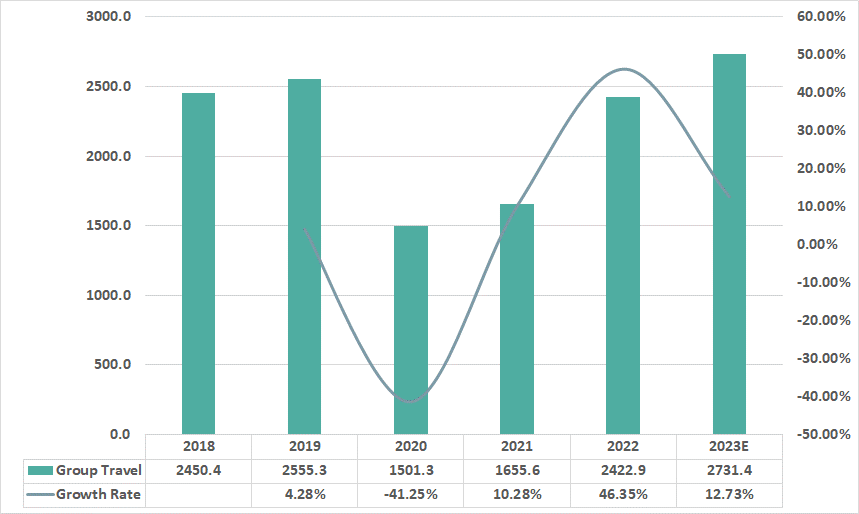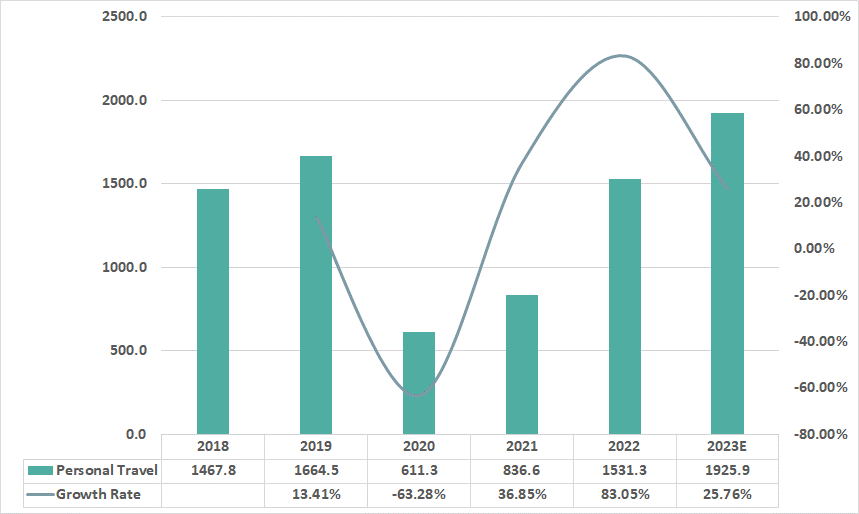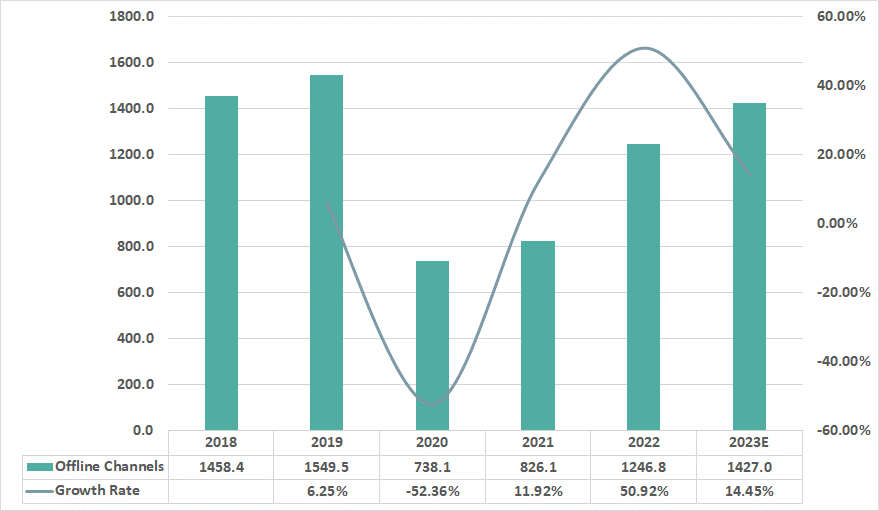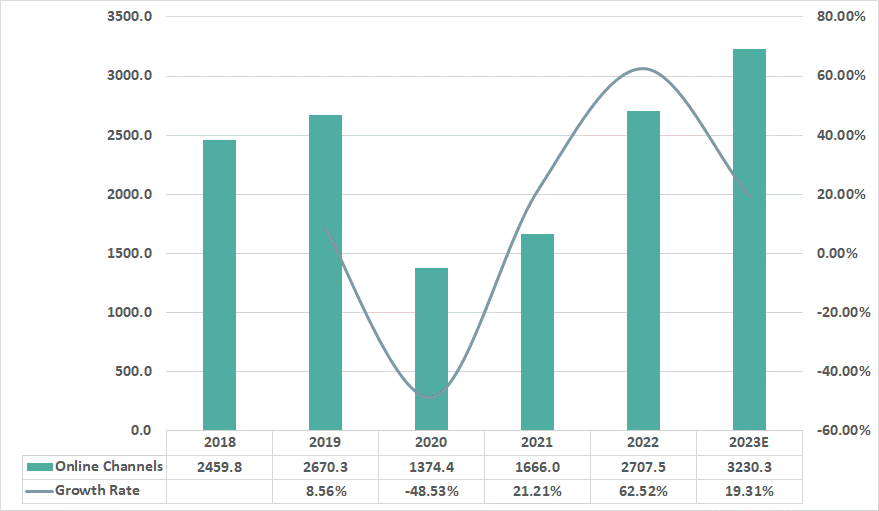1. Introduction of Leisure Travel Market Type
Group Travel: One of the main advantages of traveling in a group is that the costs and responsibilities of planning, booking, and organizing the trip can be shared. Visitors can also enjoy the company and support of other travelers. One of the major challenges of group travel is that travelers may have to compromise on itinerary, pace, or preferences to accommodate the needs and wishes of other group members. Tourists may also have less flexibility, freedom, or privacy than traveling alone. Additionally, group travel may expose travelers to additional health or safety risks, especially during a pandemic.
Personal Travel: Traveling alone allows travelers more control, independence, and customization of their trip. Visitors can decide where, when, and how to travel without consulting or coordinating with others. Visitors can also set their budget, pace, and style, and change plans at any time. Traveling alone can provide more opportunities to meet new people and experience different cultures. Additionally, travel companies are taking advantage of female solo travelers by offering women-only tours. There are some disadvantages to traveling alone, one of the main ones being that travelers may have to pay more. Travelers may also need to deal with additional stress, hassle, or uncertainty. Additionally, traveling alone can sometimes make travelers feel lonely, bored, or unsafe.
2. Global Leisure Travel Market Revenue Analysis by Type
Group travel accounted for $2450.4 billion in revenue in 2018, growing to $2555.3 billion in 2019, but significantly decreased to $1501.3 billion in 2020 due to the impact of the pandemic. Subsequently, the group travel market gradually recovered in 2021 and 2022, with revenues reaching $1655.6 billion and $2422.9 billion respectively, and is expected to further grow to $2731.4 billion in 2023. The revenue of the personal travel market was $1467.8 billion in 2018, increased to $1664.5 billion in 2019, decreased to $611.3 billion in 2020, and then resumed growth in 2021 and 2022. It is expected to reach $1925.9 billion in 2023. Overall, the total revenue of the global leisure travel market decreased from 3918.2 billion US dollars in 2018 to 2112.5 billion US dollars in 2020, and then gradually rebounded. It is expected to reach 4657.3 billion US dollars in 2023.
Table Global Leisure Travel Historic Revenue (B USD) by Type (2018-2023)
| 2018 | 2019 | 2020 | 2021 | 2022 | 2023E |
Group Travel | 2450.4 | 2555.3 | 1501.3 | 1655.6 | 2422.9 | 2731.4 |
Personal Travel | 1467.8 | 1664.5 | 611.3 | 836.6 | 1531.3 | 1925.9 |
Total | 3918.2 | 4219.8 | 2112.5 | 2492.1 | 3954.3 | 4657.3 |
2.1 Group Travel Market Revenue and Growth Rate Analysis
In 2018, the group travel revenue was 2450.4 billion US dollars, and in 2019, the revenue increased to 2555.3 billion US dollars, with a growth rate of 4.28%. However, in 2020, the revenue dropped significantly to $1501.3 billion, with a growth rate of -41.25%. In 2021, revenue rebounded to $1655.6 billion, with a significant increase in growth rate to 10.28%. In 2022, it will continue to grow to 2422.9 billion US dollars, with a growth rate reaching a high point of 46.35%. It is expected that the revenue will reach 2731.4 billion US dollars in 2023, with a growth rate of 12.73%.
Figure Global Group Travel Revenue (B USD) and Growth Rate (2018-2023)

2.2 Personal Travel Market Revenue and Growth Rate Analysis
Personal travel revenue in 2018 was US$1,467.8 billion, and revenue increased to US$1,664.5 billion in 2019, with a growth rate of 13.41%. However, revenue dropped significantly to $611.3 billion in 2020, with a growth rate of -63.28%, and revenue rebounded to $836.6 billion in 2021, with a growth rate of -36.85%. It will continue to grow to US$1531.3 billion in 2022, with a growth rate reaching a high of 83.05%. Revenue is expected to reach US$1,925.9 billion in 2023, with a growth rate of 25.76%.
Figure Global Personal Travel Revenue (B USD) and Growth Rate (2018-2023)

3. Introduction of Leisure Travel Market Application
Offline Channels: Offline marketing refers to businesses trying to attract customers through means other than the Internet. Offline marketing for travel agencies can include print advertising (newspapers, magazines, brochures), postcards, public relations (press releases, media appearances), event sponsorships, promotional products, etc. Offline marketing allows travel agencies to reach potential customers more personally and directly and helps them stand out from the competition. Offline strategies such as direct mail, print advertising, radio, and television advertising are effective and cost-effective ways for travel agencies to increase awareness.
Online Channels: The online travel industry is primarily made up of travel e-commerce websites and review sites. Travel e-commerce websites specialize in selling travel products such as flights, accommodation, and rental cars. These can be purchased directly through a travel company’s website or an online travel agency (OTA). Meanwhile, travel review sites, also allow travelers to post their opinions online on hotels, restaurants, and other travel experiences.
An online travel agency (OTA) is a web-based marketplace that allows consumers to research and book travel products and services, including hotels, flights, cars, tours, cruises, activities, and more, directly with travel suppliers. Every day, millions of travelers around the world use OTAs to plan leisure and business trips. In addition, OTAs provide market insights and tools for targeting travelers, securing and processing bookings, communicating with guests, and managing reviews.
4. Global Leisure Travel Market Revenue Analysis by Application
The revenue of offline channels was $1458.4 billion in 2018, increased to $1549.5 billion in 2019, but decreased to $738.1 billion in 2020 due to the impact of the pandemic. Afterwards, offline channel revenue gradually recovered in 2021 and 2022, reaching $826.1 billion and $1246.8 billion respectively, and is expected to further grow to $1427.0 billion in 2023. The revenue of online channels was 2459.8 billion US dollars in 2018, increased to 2670.3 billion US dollars in 2019, decreased to 1374.4 billion US dollars in 2020, and then resumed growth in 2021 and 2022, expected to reach 3230.3 billion US dollars in 2023. Overall, the total revenue of the global leisure travel market decreased from 3918.2 billion US dollars in 2018 to 2112.5 billion US dollars in 2020, and then gradually rebounded. It is expected to reach 4657.3 billion US dollars in 2023.
Table Global Leisure Travel Historic Revenue (B USD) by Application (2018-2023)
| 2018 | 2019 | 2020 | 2021 | 2022 | 2023E |
Offline Channels | 1458.4 | 1549.5 | 738.1 | 826.1 | 1246.8 | 1427.0 |
Online Channels | 2459.8 | 2670.3 | 1374.4 | 1666.0 | 2707.5 | 3230.3 |
Total | 3918.2 | 4219.8 | 2112.5 | 2492.1 | 3954.3 | 4657.3 |
4.1 Offline Channels Market Revenue and Growth Rate Analysis
In 2018, offline channel revenue was $1458.4 billion, and in 2019, revenue increased to $1549.5 billion, with a growth rate of 6.25%. However, in 2020, revenue dropped significantly to $738.1 billion, with a growth rate of -52.36%. In 2021, revenue rebounded to $826.1 billion, with a significant increase in growth rate to 11.92%. In 2022, it will continue to grow to 1246.8 billion US dollars, with a growth rate reaching a high point of 50.92%. It is expected that the revenue will reach $1427.0 billion in 2023, with a growth rate of 14.45%.
Figure Global Offline Channels Revenue (B USD) and Growth Rate (2018-2023)

4.2 Online Channels Market Revenue and Growth Rate Analysis
In 2018, the online channel revenue was 2459.8 billion US dollars, and in 2019, the revenue increased to 2670.3 billion US dollars, with a growth rate of 8.56%. However, in 2020, revenue dropped significantly to $1374.4 billion, with a growth rate of -48.53%. In 2021, revenue rebounded to $1666.0 billion, with a significant increase in growth rate to 21.21%. In 2022, it will continue to grow to 2707.5 billion US dollars, with a growth rate reaching a high point of 62.52%. It is expected that the revenue will reach 3230.3 billion US dollars in 2023, with a growth rate of 19.31%.
Figure Global Online Channels Revenue (B USD) and Growth Rate (2018-2023)






